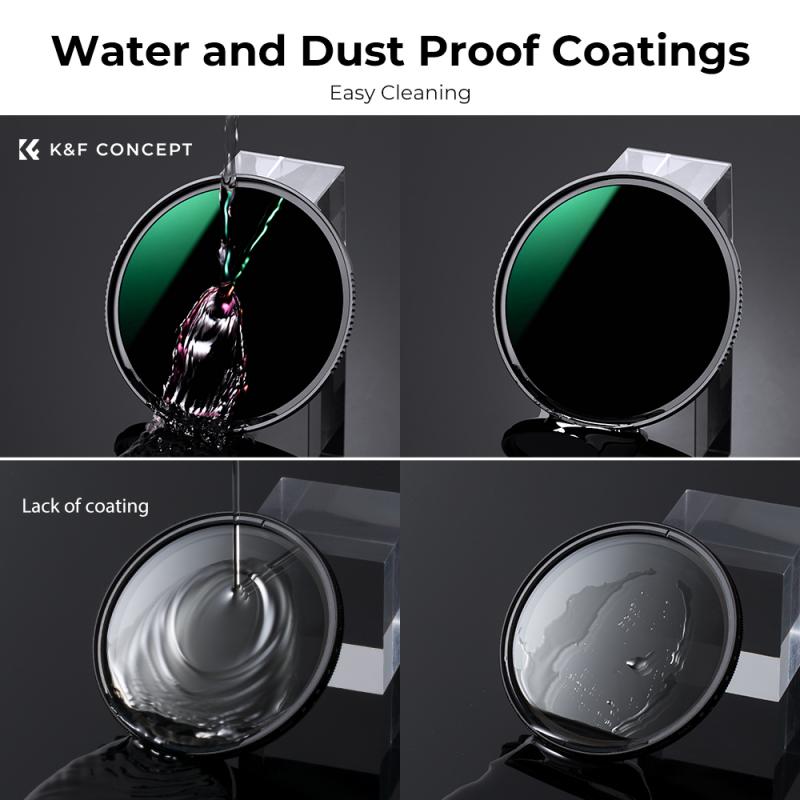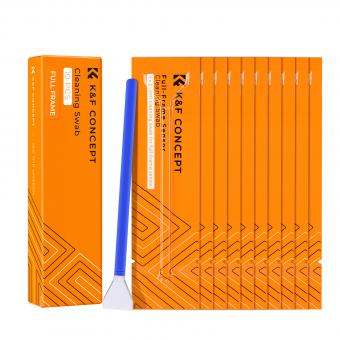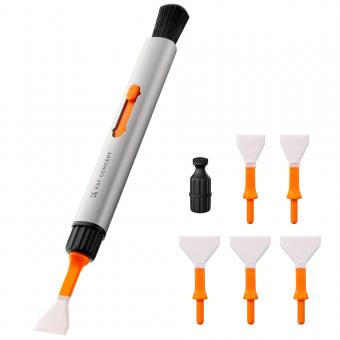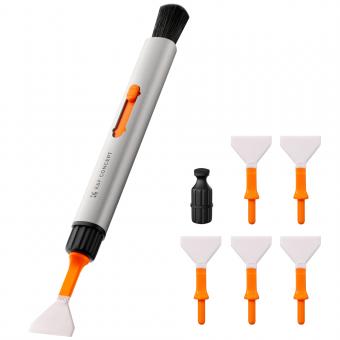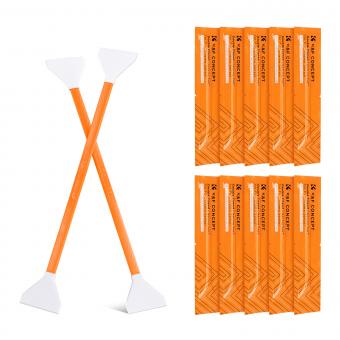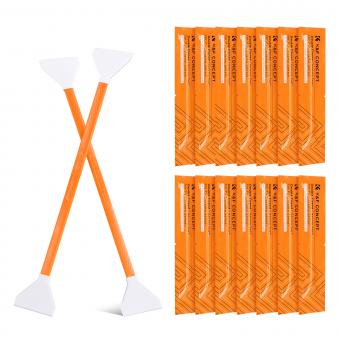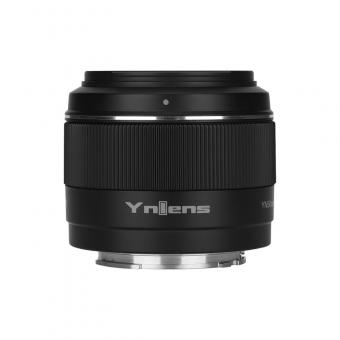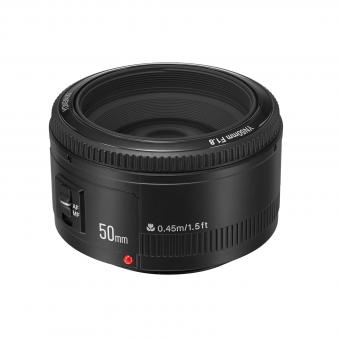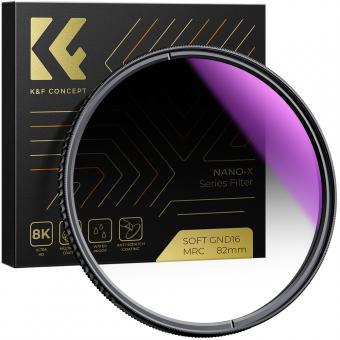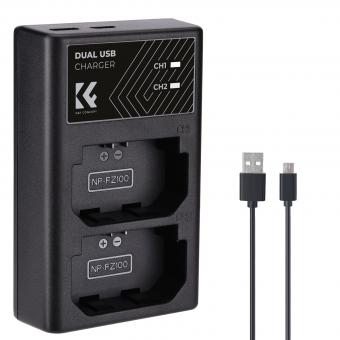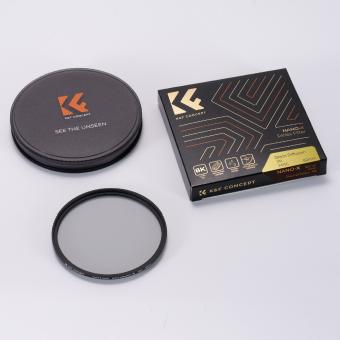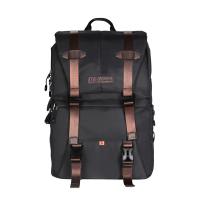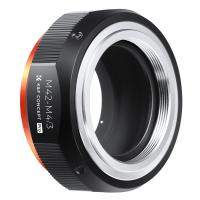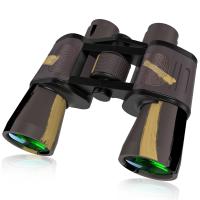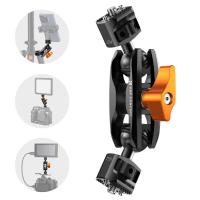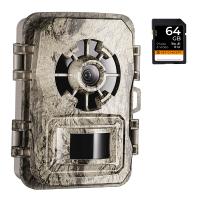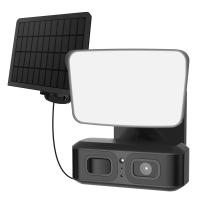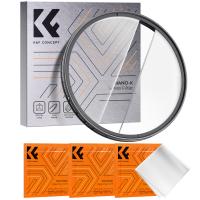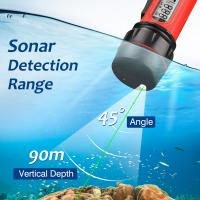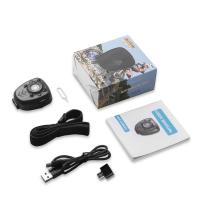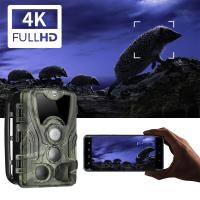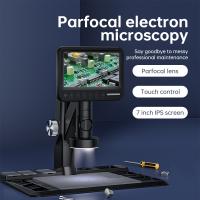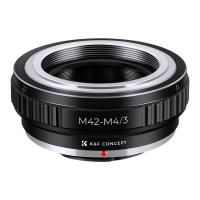What Nd Filter Density For Full Frame 1.8 ?
The appropriate ND filter density for a full-frame camera with a maximum aperture of f/1.8 would depend on the specific lighting conditions and desired effect. ND filters are used to reduce the amount of light entering the camera, allowing for longer exposures or wider apertures in bright conditions. The most commonly used ND filter densities range from ND2 (1-stop reduction) to ND1000 (10-stop reduction). For shooting with an f/1.8 aperture on a full-frame camera, a popular choice could be an ND filter with a density of around ND4 (2-stop reduction) or ND8 (3-stop reduction). However, the exact density required would vary based on the specific situation and creative intent of the photographer.
1、 ND filter density options for full frame cameras at f/1.8
ND filter density options for full frame cameras at f/1.8 can vary depending on the specific lighting conditions and desired effect. ND filters are used to reduce the amount of light entering the camera, allowing for longer exposures or wider apertures in bright conditions.
For shooting at f/1.8 on a full frame camera, it is important to choose an ND filter that can effectively reduce the amount of light without compromising image quality. The density of an ND filter is measured in stops, with higher density filters blocking more light.
In general, a good starting point for shooting at f/1.8 on a full frame camera would be an ND filter with a density of around 3 stops. This would allow for a more balanced exposure in bright conditions while still maintaining the wide aperture for shallow depth of field. However, it is important to note that the specific density needed can vary depending on the lighting conditions and desired effect.
It is also worth considering variable ND filters, which allow for adjustable density levels. These filters are convenient as they can be adjusted to different densities by rotating the filter ring. This flexibility can be particularly useful when shooting in changing lighting conditions or when experimenting with different exposure settings.
Ultimately, the choice of ND filter density for shooting at f/1.8 on a full frame camera will depend on the specific shooting situation and desired creative effect. It is always recommended to experiment with different densities and evaluate the results to achieve the desired outcome.

2、 Recommended ND filter densities for shooting at f/1.8 on full frame
Recommended ND filter densities for shooting at f/1.8 on a full-frame camera can vary depending on the specific lighting conditions and desired effect. However, there are some general guidelines that can help determine the appropriate ND filter density.
When shooting at f/1.8, the wide aperture allows a significant amount of light to enter the camera, resulting in a shallow depth of field. This can be desirable for creating a blurred background and isolating the subject. However, in bright conditions, this wide aperture may result in overexposed images.
To counteract this, ND filters are used to reduce the amount of light entering the camera, allowing for longer exposure times or wider apertures without overexposure. The appropriate ND filter density will depend on the specific lighting conditions.
In bright sunlight, a higher ND filter density, such as ND8 or ND16, may be necessary to achieve proper exposure at f/1.8. These filters reduce the amount of light by 3 or 4 stops respectively, allowing for longer exposure times or smaller apertures.
In slightly less bright conditions, an ND4 filter (2-stop reduction) may be sufficient. This will still allow for a wide aperture at f/1.8 while preventing overexposure.
It's important to note that the specific ND filter density required may vary depending on the specific camera, lens, and lighting conditions. It's always recommended to test different filter densities and adjust accordingly to achieve the desired exposure and effect.
Additionally, advancements in camera technology and image sensors may affect the recommended ND filter densities. Newer cameras may have improved dynamic range and better low-light performance, which could potentially reduce the need for high-density ND filters.
In conclusion, when shooting at f/1.8 on a full-frame camera, it is generally recommended to use ND filters with densities such as ND4, ND8, or ND16, depending on the lighting conditions. However, it's important to consider the specific camera and lens, as well as any advancements in technology, to determine the most appropriate ND filter density for optimal results.
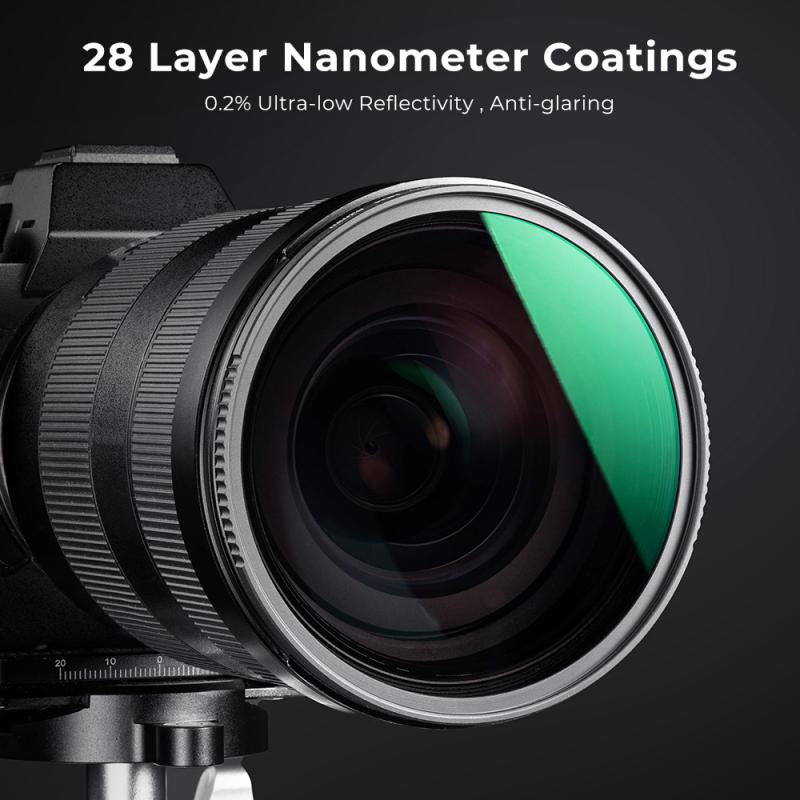
3、 ND filter density considerations for full frame cameras with f/1.8 aperture
When considering ND filter density for full frame cameras with a wide aperture like f/1.8, there are a few factors to take into account. The purpose of an ND filter is to reduce the amount of light entering the camera, allowing for longer exposures or wider apertures in bright conditions.
The density of an ND filter is measured in stops, indicating how much light it blocks. For a full frame camera with an f/1.8 aperture, you would typically want to choose an ND filter with a higher density to achieve the desired effect. A filter with a density of around 6 to 10 stops would be suitable in most situations.
However, it's important to consider the specific shooting conditions and the effect you want to achieve. If you're shooting in extremely bright conditions, such as during midday sun, you may need a higher density filter to achieve the desired exposure. On the other hand, if you're shooting in low light conditions, you may not need a filter at all.
It's also worth noting that the latest advancements in camera technology, such as improved dynamic range and low light performance, may reduce the need for high-density ND filters. Some photographers prefer to use lower density filters or even variable ND filters, which allow for adjustable density levels.
Ultimately, the choice of ND filter density for a full frame camera with an f/1.8 aperture depends on the specific shooting conditions and the desired creative effect. It's always a good idea to experiment with different densities and see what works best for your particular style of photography.
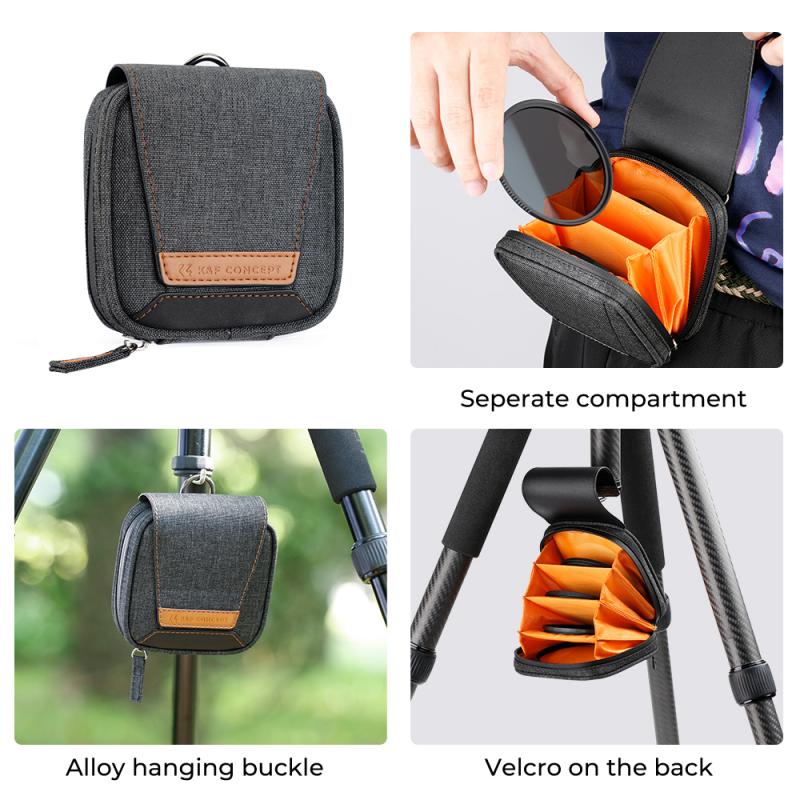
4、 Choosing the right ND filter density for full frame cameras and f/1.8
When it comes to choosing the right ND filter density for full frame cameras with an aperture of f/1.8, there are a few factors to consider. ND filters are primarily used to reduce the amount of light entering the camera, allowing for longer exposures or wider apertures in bright conditions.
The density of an ND filter is measured in stops, indicating how much light it blocks. For a full frame camera with an aperture of f/1.8, you would typically want to use a higher density ND filter to achieve the desired effect. A filter with a density of around 6 to 10 stops would be suitable in most situations.
However, it's important to note that the specific density of the ND filter will depend on the lighting conditions and the effect you want to achieve. If you are shooting in extremely bright conditions, such as during midday, you may need a higher density filter to achieve the desired exposure. On the other hand, if you are shooting in lower light conditions, a lower density filter may be sufficient.
It's also worth considering the latest advancements in ND filter technology. Some filters now offer variable density, allowing you to adjust the density according to your needs. This can be particularly useful in situations where the lighting conditions are constantly changing.
Ultimately, the choice of ND filter density for a full frame camera with an aperture of f/1.8 will depend on the specific shooting conditions and the desired effect. Experimentation and practice will help you determine the ideal density for your particular needs.
